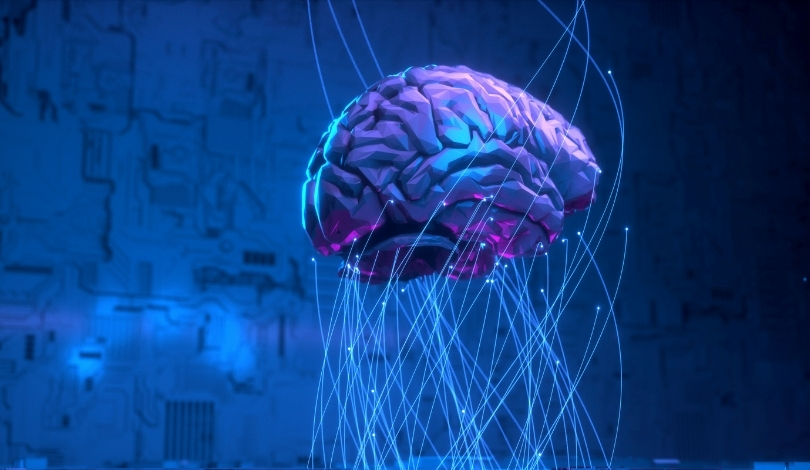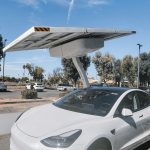Automation continues to reshape industries as robots such as Tesla Optimus and Figure 01 become common in factories and autonomous vehicles like Waymo operate in urban environments. However, as these technologies shift from test environments to real-life deployment, questions around robot decision-making and responsibility become increasingly urgent for users, developers, and regulators. The public is keen to understand not just robot capabilities but also how their behavior can be made safe, consistent, and legally accountable within various real-world scenarios. Examining these issues can inform both product design and regulatory action as robotic systems advance.
News coverage in recent years previously centered on individual incidents and product milestones, like the launch of Tesla Optimus or Waymo’s expansion, while general safety concerns mostly targeted hardware failures or software bugs. Early reporting touched on liability in the event of crashes or malfunctions, but often lacked detailed proposals for legal frameworks specific to highly autonomous systems. Stories on robot accidents, such as those at showcase events in China, highlighted public anxiety but did not outline systematic approaches for addressing accountability or predictable response mechanisms. The current discussion moves beyond critiques, presenting a structured method for both behavioral control and legal clarity for next-generation robotics.
How Do Priority-Based Architectures Guide Robot Behavior?
The new behavioral control proposal focuses on replacing traditional script-based automation with a dual hierarchy architecture. Two main categories steer decision-making: a mission hierarchy, which establishes the order of goals (e.g., safety rules above user commands), and a subject hierarchy, prioritizing who gives instructions (owners, then authorized users, then outsiders). Commands or events filter through this system and only proceed when they meet safety, relevance, and consequence checks. This system aims to address situations where robots might otherwise receive conflicting orders or act unpredictably.
What Role Does “Neutral-Autonomous Status” Play in Legal Responsibility?
Legally, the initiative suggests a new category called “neutral-autonomous status” for AI-driven systems. According to its creators, this status avoids classifying robots with traditional law subjects or mere objects, sidestepping issues of full liability on either manufacturers or the machines themselves. Under this model, responsibility is linked to whether the system operated within its predefined missions.
“Courts and regulators should evaluate the behavior of autonomous systems based on their assigned missions,”
explains the team behind the proposal. This approach aims to stabilize legal expectations for manufacturers and users alike, offering mitigated responsibility when systems work within set parameters.
Do Real Incidents Showcase the Need for This Framework?
Recent cases—such as a Unitree H1 robot pushing a person out of its path at the World Humanoid Robot Games, or a maintenance robot hitting engineers—underscore challenges when robots lack contextual prioritization. The framework addresses these gaps by enforcing a multi-layered evaluation that accounts for context, criticality, and outcome before engaging in any action. When tested in hypothetical legal scenarios, such as an autonomous car involved in an unavoidable accident, the “neutral-autonomous” approach splits or limits liability based on documented system boundaries and user actions.
Pilot collaborations are being sought with manufacturers of humanoid robots and self-driving vehicles to further examine the operational and legal merits of this architecture. The team contends that, as humanoid robots and intelligent vehicles proliferate, clear standards must guide both operation and accountability.
“We are ready for pilot collaborations with manufacturers of humanoid robots, autonomous vehicles, and other autonomous systems,”
a spokesperson stated, indicating readiness to move from theory to industry implementation.
Strong regulatory and technical foundations are critical for the safe expansion of automation. Priority-based architectures and new legal categories such as neutral-autonomous status provide more clarity for manufacturers, users, and authorities than prior approaches focused solely on incident-specific responses. Understanding and adopting structured frameworks for both control and liability management will help facilitate public trust and lower legal uncertainty in the deployment of advanced robots like Tesla Optimus, Figure 01, or Waymo vehicles. Stakeholders seeking to adopt AI-driven automation should evaluate not just hardware reliability but also methods for predictable control and the legal environment, as these elements will shape the speed and scope of acceptance across industries.










